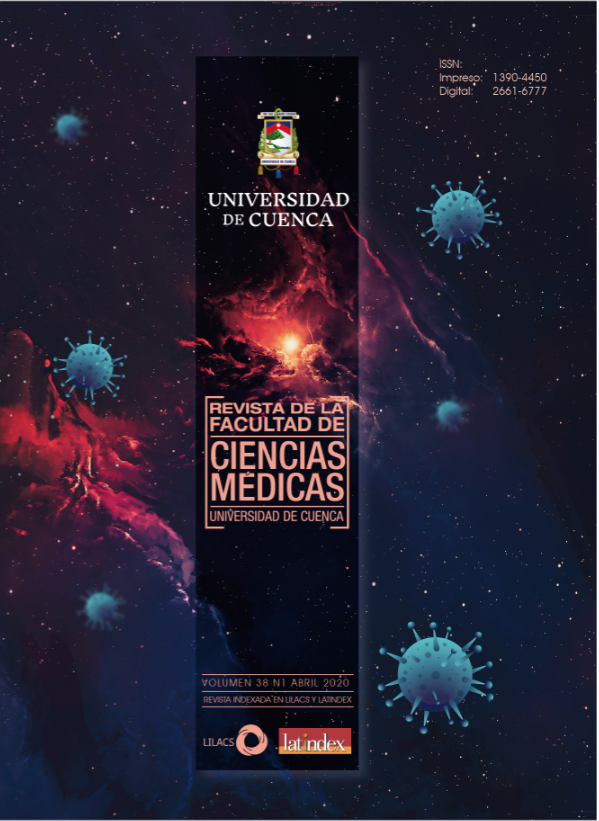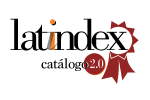Recommendations for early behavior in the clinical management of patients with COVID-1919 clinical management
DOI:
https://doi.org/10.18537/RFCM.38.01.04Keywords:
coronavirus infections, betacoronavirus, pandemics, COVID-19, signs and symptomsAbstract
Until April 2020, there was about two million people infected with SARS-Cov-2 [1], spreading to hundreds of countries around the world. The impact has been reflected in all social strata, affecting the neediest people and has revealed the great weaknesses of health structures to face the pandemics in the majority of governments.
In December 2019, the first patients with viral pneumonia appear in Wuhan, China. Epidemiologically, all the patients had visited the market with exotic products in that city. At the end of the same month, a young ophthalmologist from Wuhan virtually describes seven patients with symptoms similar to SARS and recommends his friends to wear protective equipment, for this fact he was punished by the police authorities and later died by COVID- 19. In the first week of January, 2020, Chinese authorities announce that they have identified a new coronavirus (Co-V) in patients who were being treated for viral pneumonia.
Downloads
Published
Issue
Section
License
Copyright (c) 2020 Javier Fernando Ochoa Muñoz

This work is licensed under a Creative Commons Attribution-NonCommercial-ShareAlike 4.0 International License.
Copyright © Autors.

You are free to:
 |
Share — copy and redistribute the material in any medium or format |
 |
Adapt — remix, transform, and build upon the material for any purpose, even commercially. |
Under the following conditions:
 |
Attribution — You must give appropriate credit, provide a link to the licence, and indicate if changes were made. You may do so in any reasonable manner, but not in any way that suggests the licenser endorses you or your use. |
| NonCommercial — You may not use the material for commercial purposes. | |
| ShareAlike — If you remix, transform, or build upon the material, you must distribute your contributions under the same license as the original. |
| No additional restrictions — You may not apply legal terms or technological measures that legally restrict others from doing anything the licence permits. |






